Description
hardware flow control. It is an ideal choice in the field of industrial automation.
user experience
Secondly, if power system engineers are to consider the convenience and speed of using the product in the future, operability needs to be improved while ensuring stability.
This requires a simple self-service system and an operation interface with good visual effects that can meet the needs of users. Some operating habits and other aspects
* cut costs
Furthermore, since there are many nodes in the power system, the same product needs to be deployed on many nodes. Then when the quantity of required products increases,
cost issues will inevitably be involved. How to solve the research and development, construction and installation of products and better reduce operating expenses is also a major issue that ABB needs to consider.
Implementation of communication between Omron vision system and ABB industrial robot
introduction
In modern production processes, vision systems are often used to measure and identify products, and then the results are transmitted to industrial robots for work
through communications . In this process, communication settings are very important. This article analyzes the communication implementation process between the Omron
FH-L550 vision system and ABB industrial robots. The main task is to enable the vision system to provide data detection results for ABB industrial robots, and the industrial robots
perform related operations based on the data results. This article mainly discusses the entire process of visual system communication transmission implementation.
1Ethernet-based communication settings in vision software
The main communication methods of Omron FH-L550 vision system controller are as follows [2], namely: parallel communication, PLCLINK communication, Ethernet
communication, EtherCAT communication, and protocol-free communication. These five communication methods have their own characteristics in the communication process.
In modern equipment, Ethernet communication
(Ethernet communication) is the most common, so this article uses the Ethernet communication method as an example to analyze and explain.
First, select the “Tools” option in the main interface, select the “System Settings” menu (Figure 1), after entering the “System Settings” menu, click the “Startup Settings” option,
and select the “Communication Module” tab (Figure 2 ), after completing the above settings, return to the main interface to save the settings (Figure 3). Finally, select the function
menu to perform system restart settings, and wait for the system to complete the restart before proceeding to the next step.
After the system restarts, click the “System Settings” menu again and select the “Ethernet (No Protocol (UDP))” option (Figure 4). In this option, there will be parameter settings
such as IP address and port. What needs to be noted here are the two IP address parameters. The parameters in “Address Setting 2” need to be filled in. The information that needs
to be filled in includes the IP address of the vision controller, subnet mask, default gateway and DNS server.
In the port number setting of “Input/Output Settings” at the bottom of the menu, set the port number for data input with the sensor controller. Note that the port number should
be the same as the host side, and finally complete the settings and corresponding data saving work.
2ABB industrial robot communication settings
First, configure the WAN port IP address for the ABB industrial robot. Select the control panel in the teach pendant, then select configuration, then select communication in
the theme, click IPSetting, set the IP information and click “Change” to save the IP information.
Next, use the SocketCreate robot command to create a new socket using the streaming protocol TCP/IP and assign it to the corresponding variable (Figure 5). Then
use the SocketConnect command to connect the socket to the remote computer. After the communication connection is completed, it is necessary to send and receive
information from the visual system. To send information, use the SocketSend instruction to send data instructions to the remote computer. After the vision system collects
information and makes judgments, the industrial robot system will receive data from the remote computer. The data reception is completed using the
SocketReceive instruction. This instruction stores the data in the corresponding string variable while receiving the data. Useful information needs to be extracted from the
received data information, which requires StrPart to find the specified character position instruction, extract the data at the specified position from the string, and assign the
result to a new string variable. Finally, when the socket connection is not in use, use SocketCloSe to close it.
Excitation system ABB module CMA132 3DDE300412
Excitation system ABB module CMA132
Excitation system ABB module CMA131 3DDE300411
Excitation system ABB module CMA131 3DDE300411
Excitation system ABB module CMA130 3DDE300410
Excitation system ABB module CMA127 3DDE300407
Excitation system ABB module CMA126 3DDE300406
Excitation system ABB module CMA125 3DDE300405
Excitation system ABB module CMA124 3DDE300404
Excitation system ABB module CMA123 3DDE300403
Excitation system ABB module CMA123 3DDE300403
Excitation system ABB module CMA123
Excitation system ABB module CMA122 3DDE300402
Excitation system ABB module CMA121 3DDE300401
Excitation system ABB module CMA120 3DDE300400
Excitation system ABB module CMA120 3DDE300400
Excitation system ABB module CMA120
Excitation system ABB module CMA112 3DDE300013
Excitation system ABB module CM772FA3
Excitation system ABB module CM772FA1
Excitation system ABB module CM772F 3BDH000368R0001
Excitation system ABB module CM772F
Excitation system ABB module CM597-ETH
Excitation system ABB module CM10
Excitation system ABB module CI930F 3BDH001010R0005
Excitation system ABB module CI930F 3BDH001010R0005
Excitation system ABB module CI930F
Excitation system ABB module CI930F
Excitation system ABB module CI930F
Excitation system ABB module CI920S
Excitation system ABB module CI920S
Excitation system ABB module CI920N
Excitation system ABB module CI920B
Excitation system ABB module CI920AS
Excitation system ABB module CI920AB
Excitation system ABB module CI910F
Excitation system ABB module CI873K01
Excitation system ABB module CI873K01
Excitation system ABB module CI873AK01
Excitation system ABB module CI871K01 3BSE056797R1
Excitation system ABB module CI871K01 3BSE056767R1
Excitation system ABB module CI871K01
Excitation system ABB module CI871K01
Excitation system ABB module CI871
Excitation system ABB module CI869K01
Excitation system ABB module CI869K01
Excitation system ABB module CI868K01 3BSE048845R1
Excitation system ABB module CI868K01
Excitation system ABB module CI868K01
Excitation system ABB module CI868K01
Excitation system ABB module CI867K01 3BSE043660R1
Excitation system ABB module CI867K01 3BSE043660R1
Excitation system ABB module CI867K01
Excitation system ABB module CI867K01
Excitation system ABB module CI867K01
Excitation system ABB module CI867AK01
Excitation system ABB module CI867 3BSE043661R1
Excitation system ABB module CI867 3BSE043660R1
Excitation system ABB module CI865K01
Excitation system ABB module CI865K01
Excitation system ABB module CI862K01
Excitation system ABB module CI861K01
Excitation system ABB module CI861 3BSE058590R1
Excitation system ABB module CI860K01 3BSE032444R1
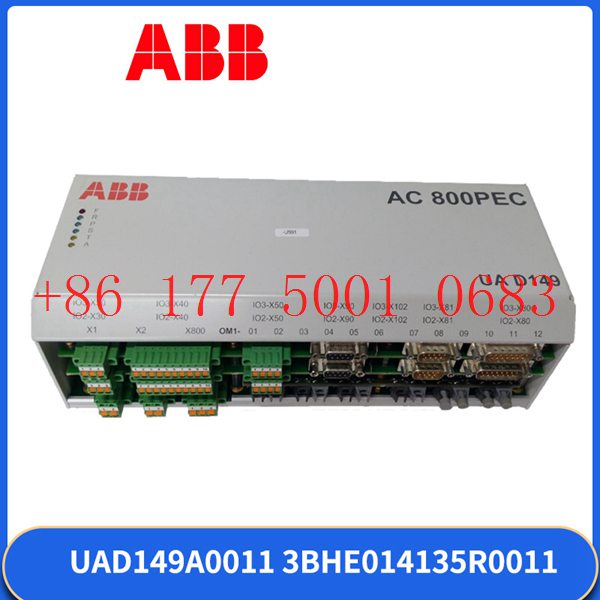
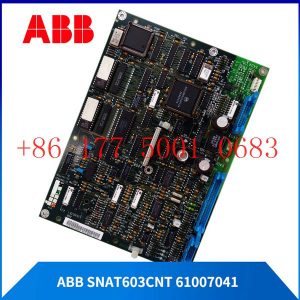
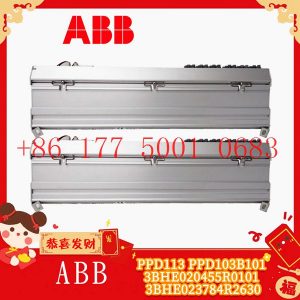
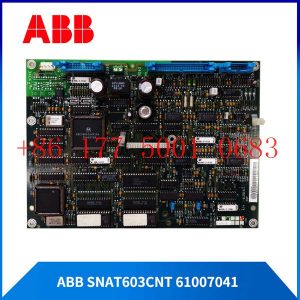
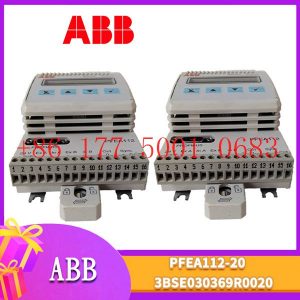
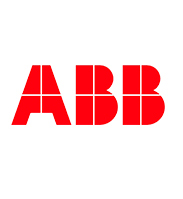

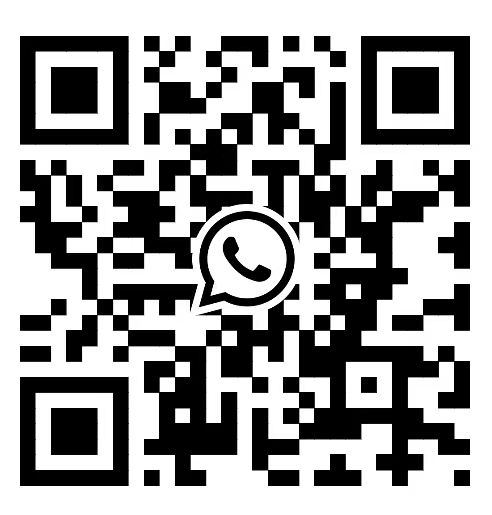
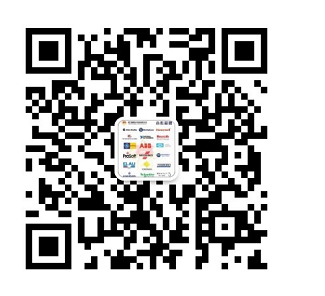
Reviews
There are no reviews yet.